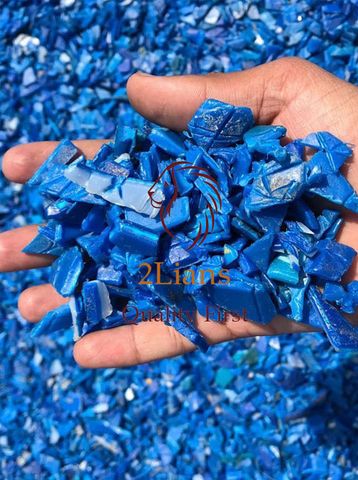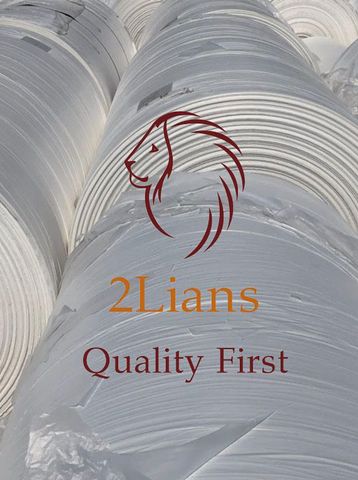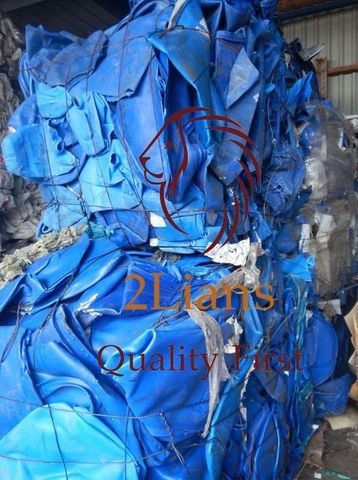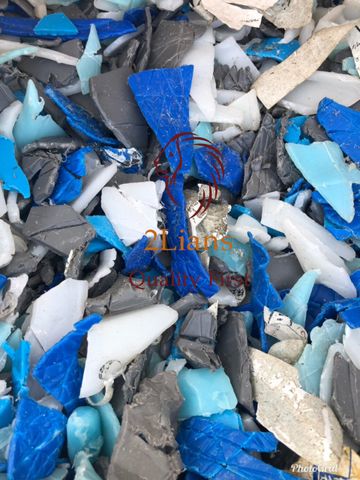0
Your cart is empty
T/T: A telegraphic transfer (T/T) is an electronic method of transferring funds utilized primarily for overseas wire transactions. Telegraphic transfers are also known as telex transfers, abbreviated T/T; T/Ts can also refer to other types of transfers.
L/C: An L/C at sight is a letter of credit (L/C) that is payable immediately – within five to ten days – after the seller meets the requirements of the letter of credit.






PET Preform
What is PET plastic?
Polyethylene terephthalate (called PET, PETE or PETP or PET-P) is a thermoplastic, belongs to the Polyester plastic and is used in synthetic fibers, beverage containers, food and other pressable liquids. Spraying to shape and often combined with fiberglass in industry.
The characteristics of PET are determined by the heat treatment process, it can exist both amorphous (transparent) and crystalline (opaque white). PET's monomer can be synthesized by the esterification reaction between terepthalic acid and ethylene glycol to produce water, or transesterification reaction between ethylene glycol and dimethyl terepthalate. The polymerization is carried out by a discontinued polymerization of the monomer (immediately after esterification or transesterification) with ethylene glycol as the product (ethylene glycol is recovered in production).
Most of the PET industry in the world is synthetic fibers (accounting for 60%) providing about 30% of the world's demand. In the field of textiles, PET is applied as polyester combined with cotton. Most of PET is applied for extruding.
- PET Preform is produced under the trade names Arnite, Impet and Rynite, Ertalyte, Hostaphan, Melinex and Mylar films, and Dacron, Diolen, Terylene and Trevira fibers.
- PET can be wrapped with a hard shell or hard shell wrapped items, determined by the thickness and amount of plastic needed. It forms a very good air and moisture barrier.
- PET bottles contain drinks such as alcohol and other types, durable and strong impact resistance.
- PET is naturally colored with high transparency. PET can be made into thin films (commonly known as mylar). PET is often encapsulated with aluminum to reduce the magnetic conductivity, making it reflective and opaque.
- PET bottles are a very good container and are widely used to store liquid beverages. PET is a semi-crystalline form, traded under the trade names of Rynite, Arnite, Hostadur & Crastin. Sails are usually made of Dacron, a type of PET fiber, which is light in color, lightweight rotating instruments are usually made of nylon.
PET was discovered in 1941 by the Calico Printer ’Association of Manchester. PET bottles were manufactured in 1973.
Properties of PET
One of the important properties of PET is its viscosity. The viscosity of the substance deciliter / gram (dl / g) depends on the polymer circuit length.
The longer the polymer circuit length, the higher the solidity, the higher the viscosity. The length of a polymer can be uniformly adjusted through polymerization.
Viscosity of several forms: - 0.6 dl / g: fibrous; - 0.65 dl / g: thin film; - 0.76-0.84 dl / g: bottles; - 0.85 dl / g: rope type.
PET is hygroscopic. When wet, during PET plastic processing, hydrolysis takes place at the contact surface between water and PET, which reduces the molecular weight of PET (or viscosity) and its physical and mechanical properties. So before plastic is processed, moisture must be removed from the plastic. This can be done by using a desiccant or drying before processing.
See more ldpe film scrap